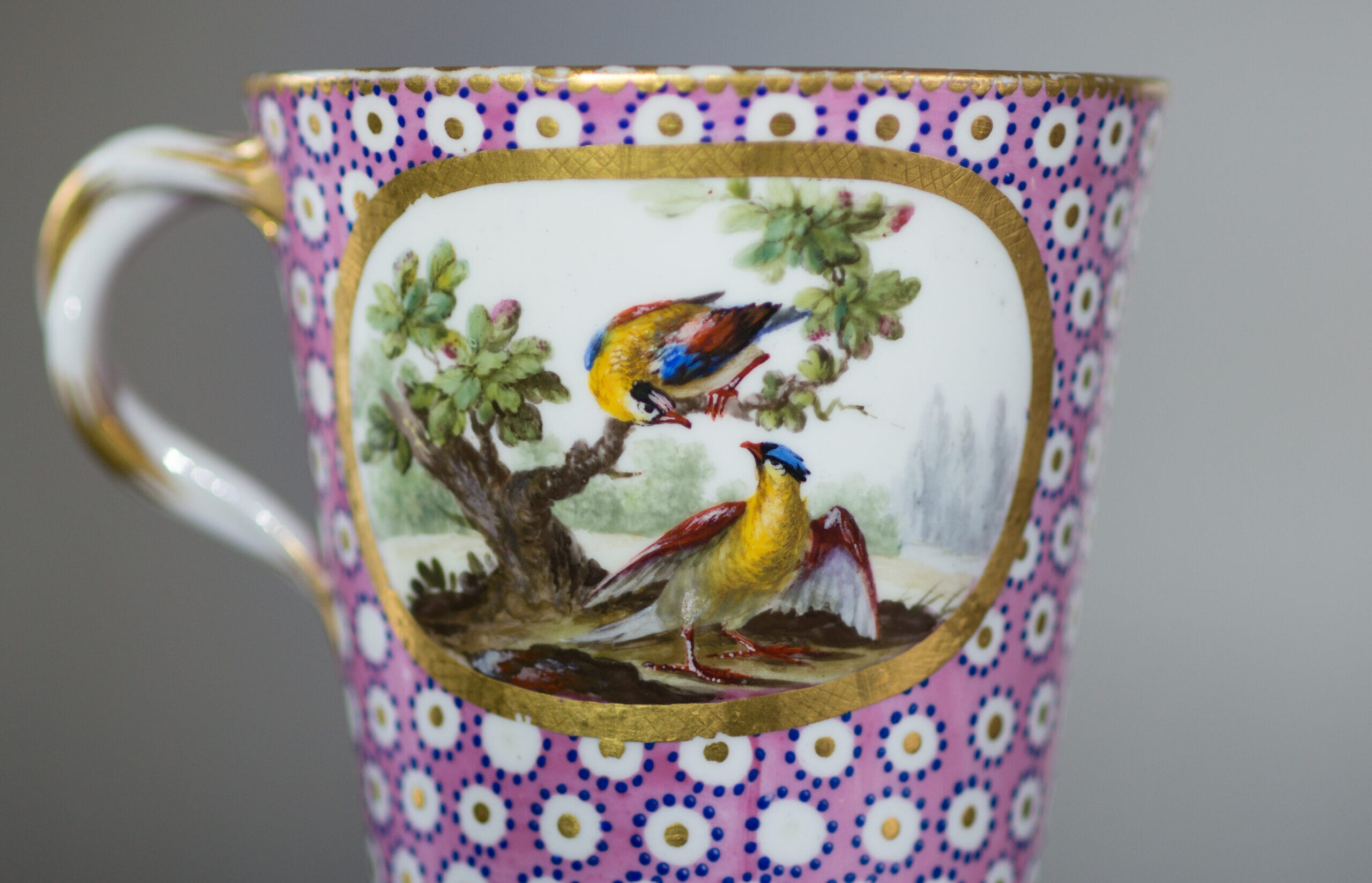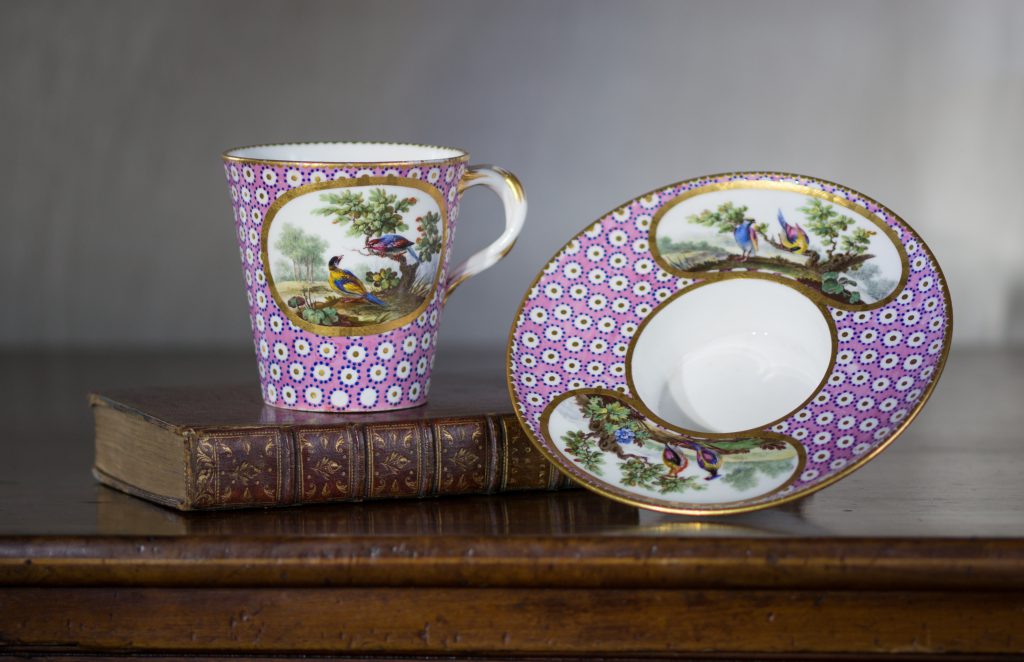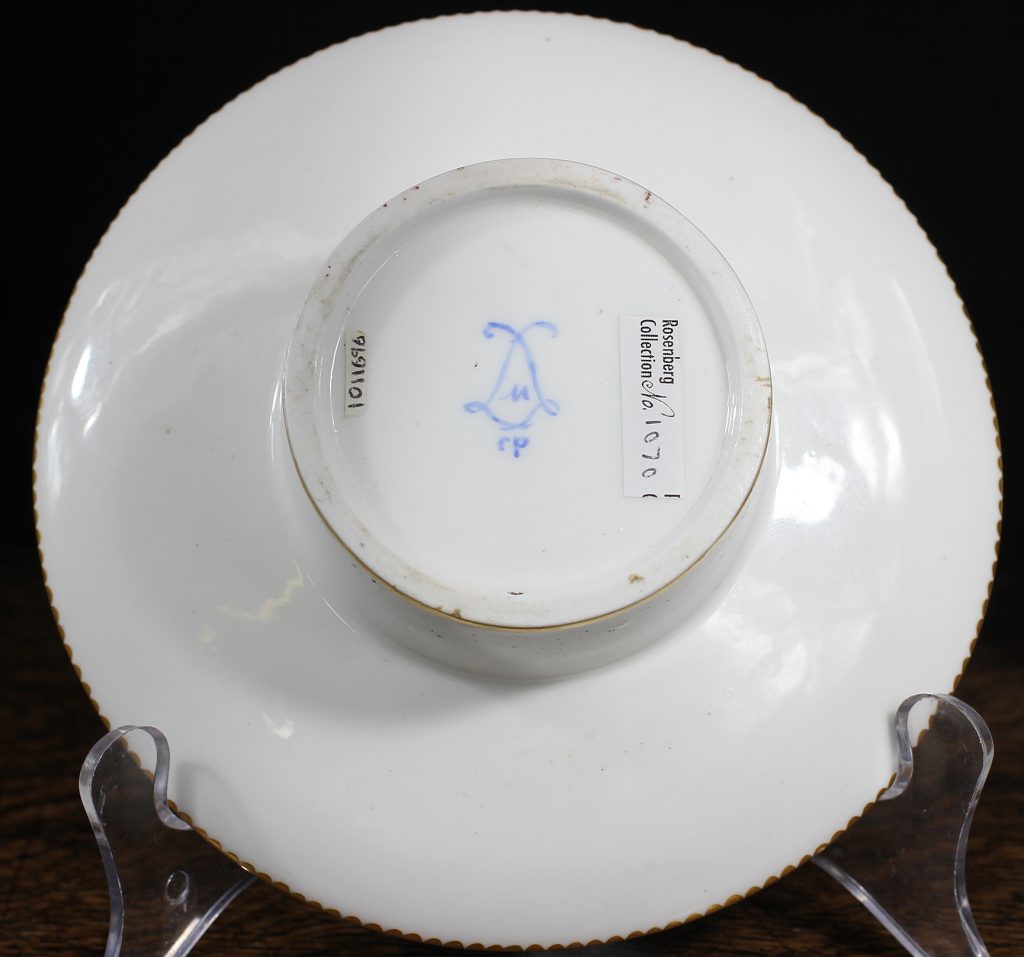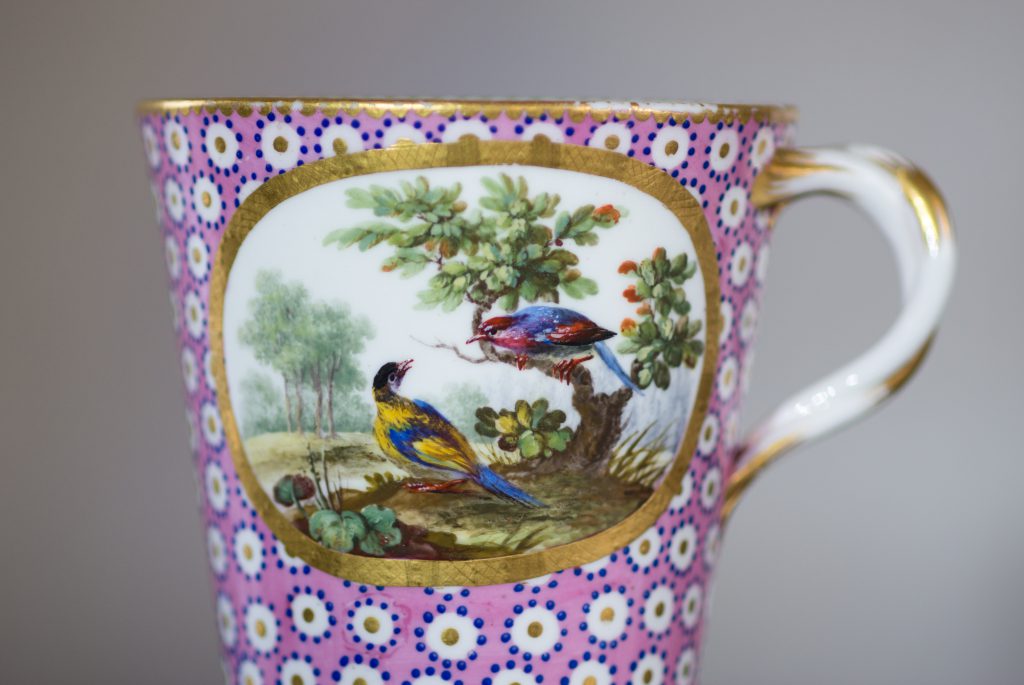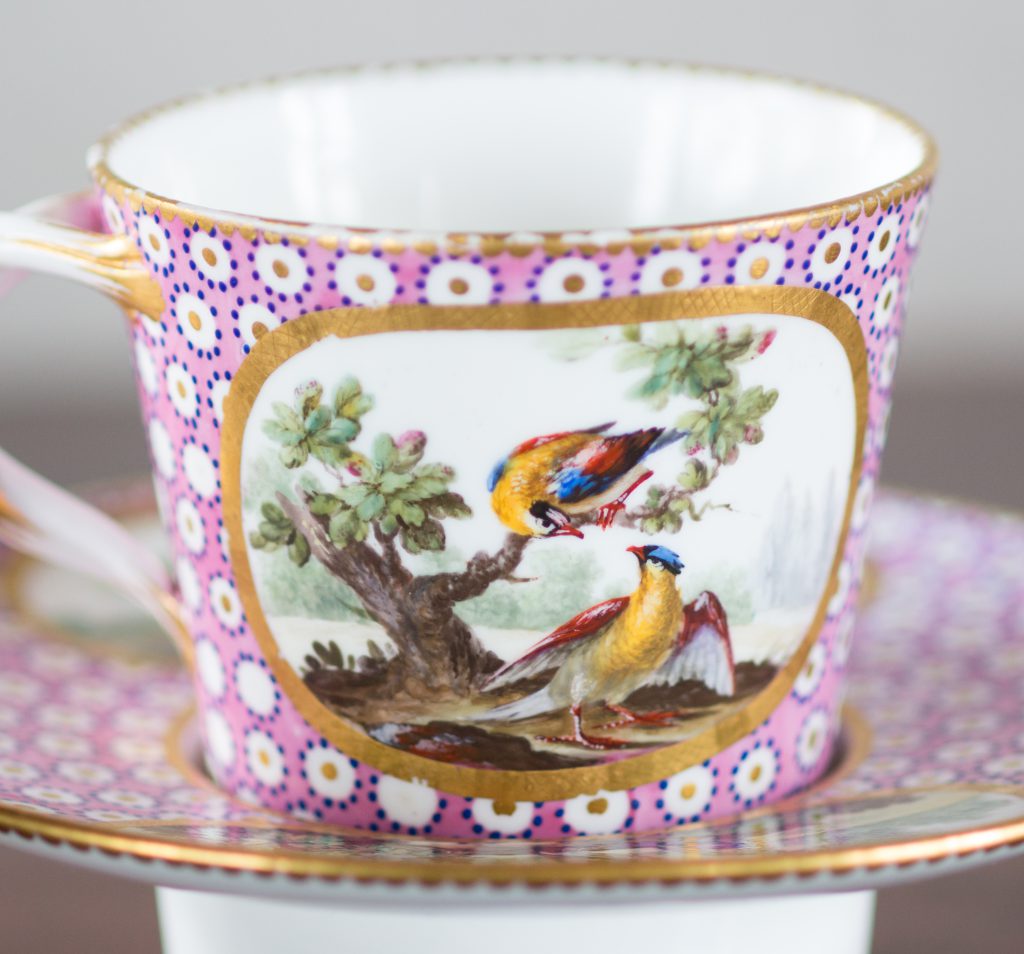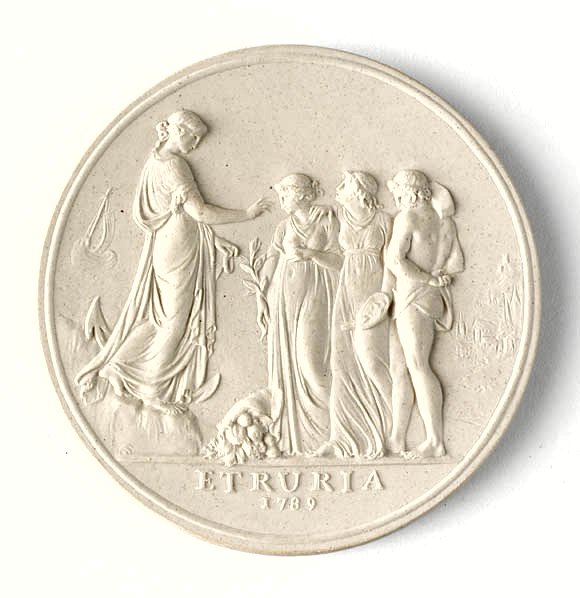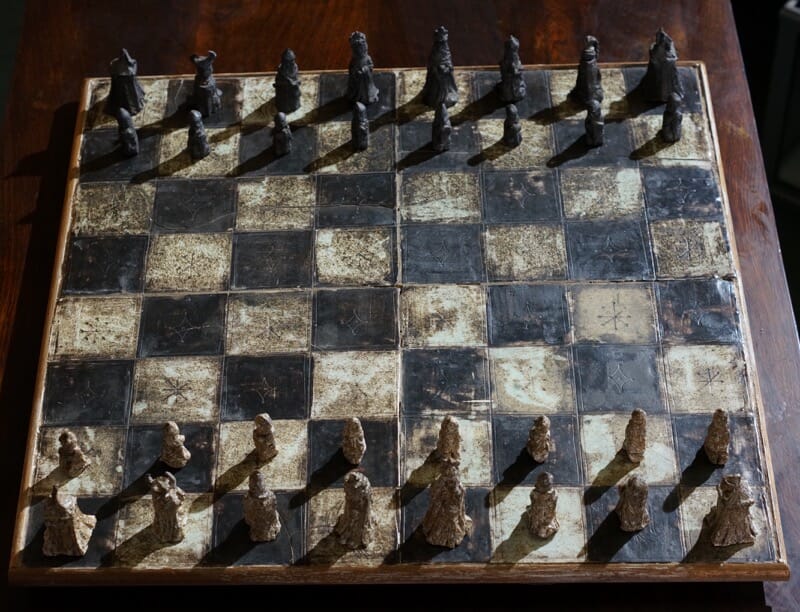
Only on the market once before, this is a remarkable Australian Pottery rarity – probably unique. Speculated to be a special commission or present, it was last sold in the 1980’s at Christies, Melbourne.

The board is by David Boyd, and is constructed from four large tiles divided into squares ,the ends inscribed with the starting home for the various pieces. This is fired in a wonderfully mottled ‘aged’ glaze.

The pieces are the work of Hermia Boyd, and each has powerful character; even the pawns are individual in features.
They echo the famous ‘Lewis Chessmen’, which date to the Anglo-Saxon period and are on display in the British Museum. The Boyds had lived and visited on numerous occasions, and made other medieval-inspired pieces – but apparently no other chess set….
This is a very unique piece, and destined for a worthy collection of Australian Pottery – or indeed would be equally at home amongst the fine art creations of the incredibly productive Boyd family.
[metaslider id=”40842″]




 What makes this doubly special is that it has come back to us again after many years. It came out of an Australian collection late last century, and was purchased from us by a local collector of refined taste; now it is being offered as he disposes of his collection due to ill-health. Over the years he has sold most of his other special pieces, but this was his favorite which he kept until the end…..
What makes this doubly special is that it has come back to us again after many years. It came out of an Australian collection late last century, and was purchased from us by a local collector of refined taste; now it is being offered as he disposes of his collection due to ill-health. Over the years he has sold most of his other special pieces, but this was his favorite which he kept until the end…..
 When it was sold the first time, we were not aware of a fascinating provenance. As often happens, while researching another object I stumbled across an illustration of a very similar jug – no, the exact same one – in the 1977 catalogue for the Mentmore dispersal sale. (Note: our jug is illustrated as ‘lot 2001’, but catalogued as ‘lot 2002’ – someone made a mistake!)
When it was sold the first time, we were not aware of a fascinating provenance. As often happens, while researching another object I stumbled across an illustration of a very similar jug – no, the exact same one – in the 1977 catalogue for the Mentmore dispersal sale. (Note: our jug is illustrated as ‘lot 2001’, but catalogued as ‘lot 2002’ – someone made a mistake!)














